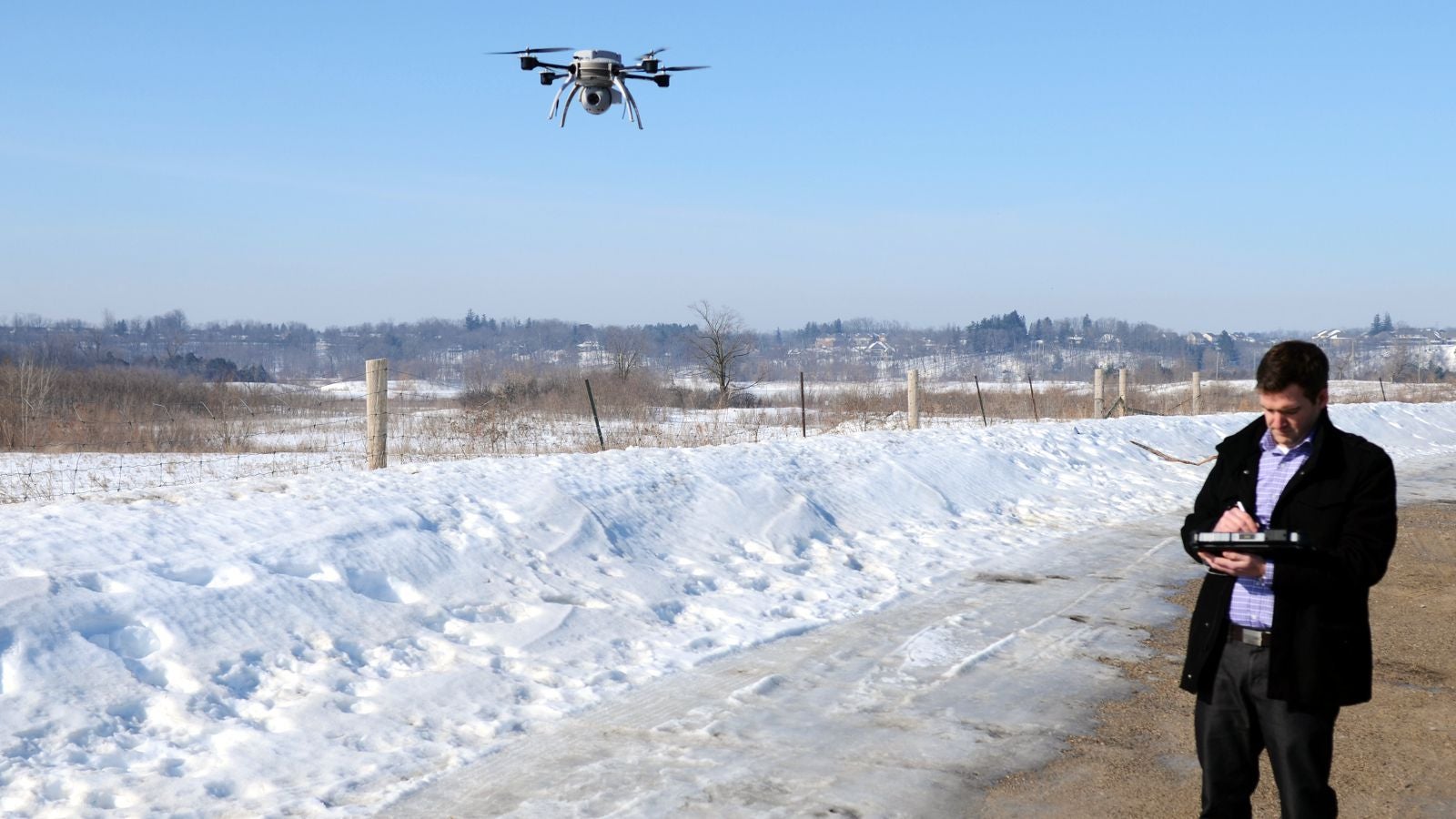Do you really need a pilot’s license to fly a drone?
The rules being considered for commercial drone flight have been leaked by US airspace regulators. While they’re mostly common sense—like keeping your drone within sight—one requirement is likely to have the fledgling industry up in arms: Drone operators must train as aircraft pilots.


The rules being considered for commercial drone flight have been leaked by US airspace regulators. While they’re mostly common sense—like keeping your drone within sight—one requirement is likely to have the fledgling industry up in arms: Drone operators must train as aircraft pilots.
The long-awaited rules for autonomous aircraft under 55 lbs. are expected to be finalized next year. But rather than a boon for a new industry, they could be a barrier to entry. Drones come in all shapes and sizes, and as anyone who has picked up a Phantom DJI or another consumer model knows, they can be very simple to pilot. But the FAA rules appear set to treat 1 kg (2.2 lbs.) battery-powered drones the same as 18 kg (40 lbs.) gasoline-powered models, requiring hundreds of hours of flight training for commercial users.
These rules won’t apply to recreational users, so you could see teenagers using a drone to film a school project in one backyard, while next door, a realtor who wants aerial video of a new property has to hire a certified pilot to use the same device for essentially the same purpose. (Canada, by contrast, seems to be addressing safety concerns with a blanket approval of commercial drones under 2 kg that follow basic flight rules.)
The new FAA rules also don’t begin to address the other major concern raised by autonomous aerial vehicles: The question of privacy, and where drone footage can and cannot be shot.